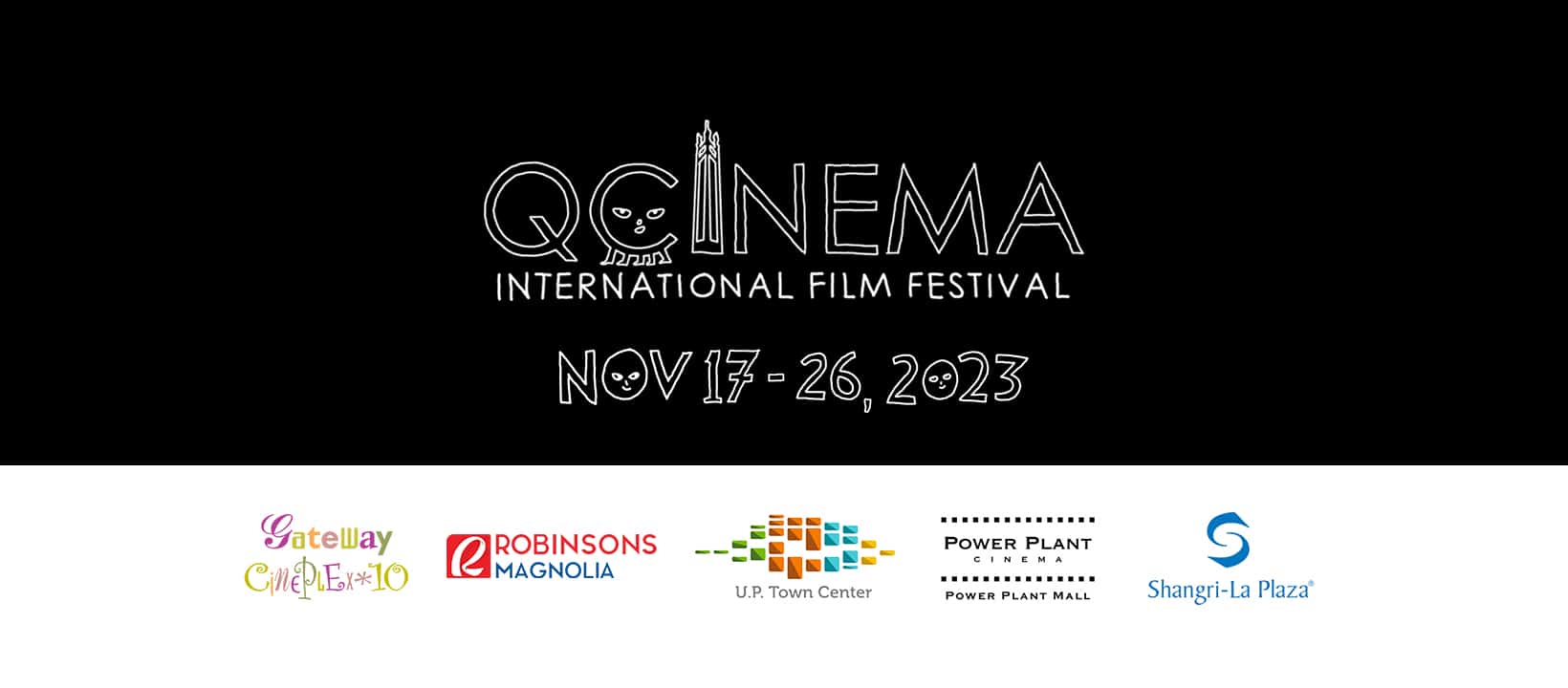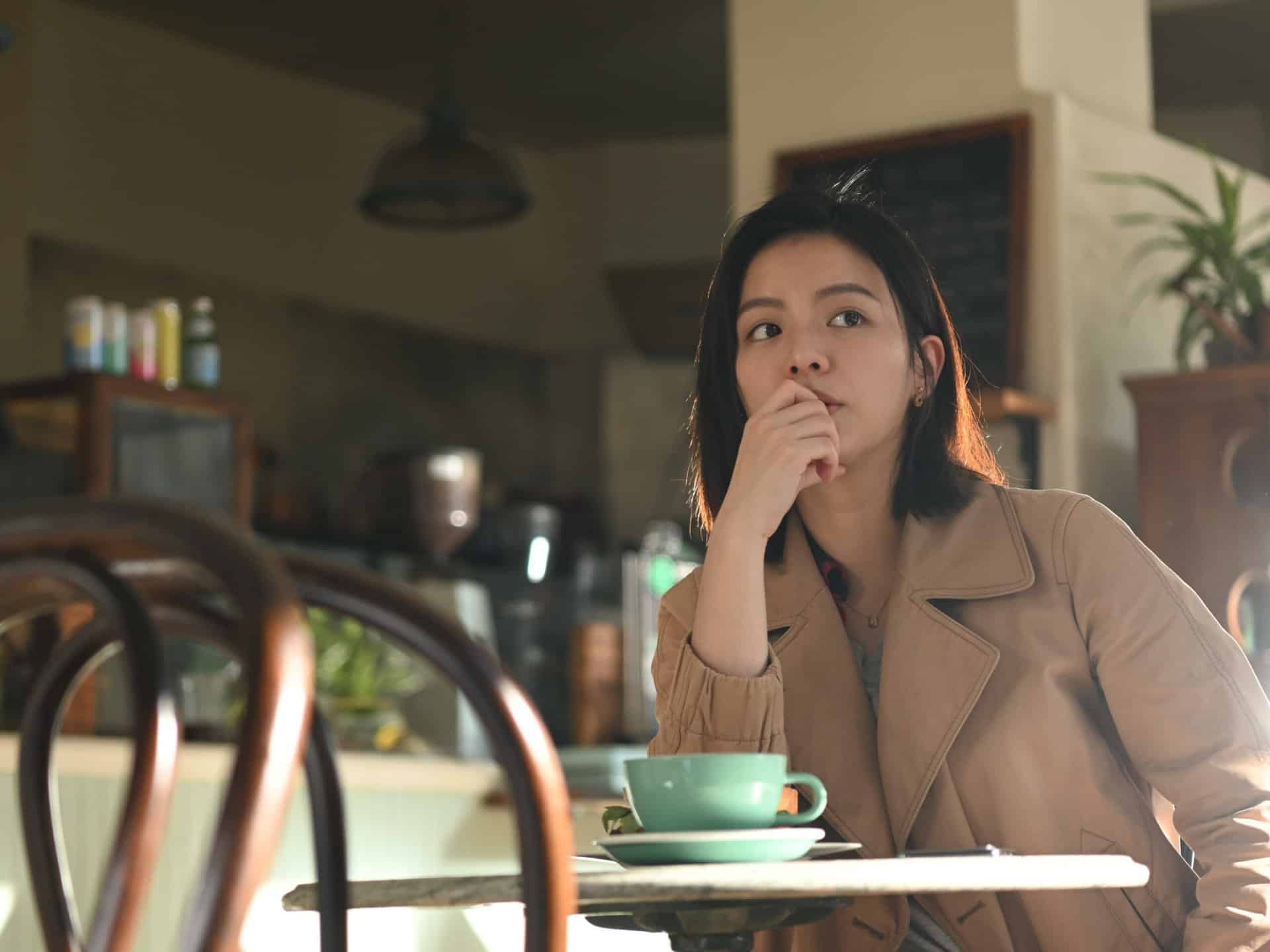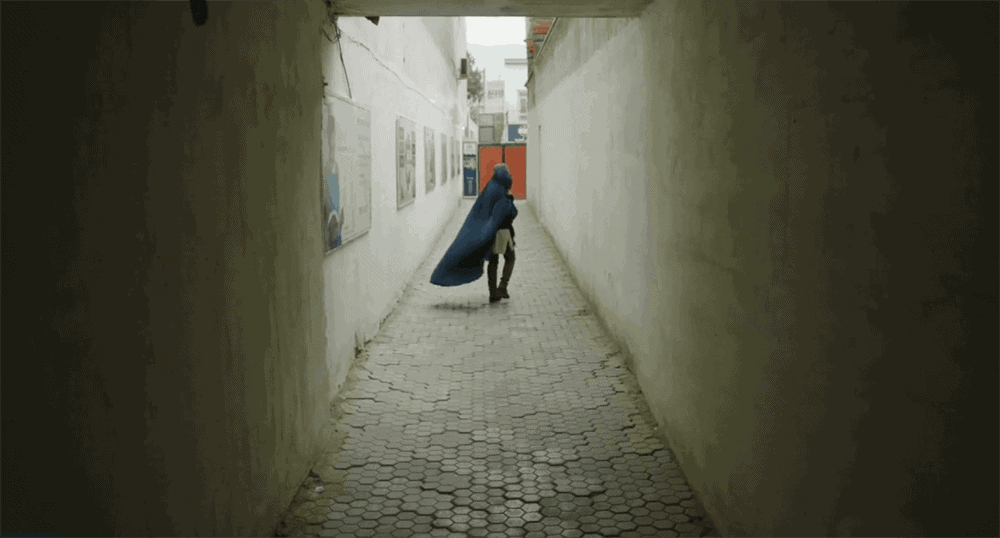The word “mimang” holds multiple meanings in Korean. One, being unable to make sense from ignorance. Two, being unable to forget what one wants to forget. And three, searching far and wide. Following the rather successful short “Snail”, Kim Tae-yang, in his feature debut that was shot for four years in Seoul, presents a film that implements the meanings of the word in three different chapters, through a distinct ‘walk-and-talk' style.
Mimang is screening at Qcinema

A female curator reunites with an old friend (probably something more) by accident, when they stumble upon each other on the street, where he informs her that currently, he is undertaking urban sketching lessons. As she finds it difficult to navigate the area (in a recurring theme in the movie) he walks her close to her destination. Later on, he meets his partner and she meets the organizer of a screening she gave a speech after, who wants to be her partner. The fact that he has a kid is an issue for her, but she seems to like him because they have a lot in common. Years later, the first two are reunited again, along with another college friend, after the funeral of a fourth, and decide to have a drink in a bar they used to frequent.
Through the extensive dialogues and the walking particularly in the area of Sejongno, Kim Tae-yang seems to state that things around us both keep changing and remain the same, with the redevelopment of the area moving towards the first path and the repeated dialogues and concepts (about the statue of admiral Yi, the curator's lack of orientation) moving towards the second. Also of note is the rather smart way of how he shows how time has passed and what has actually happened to the protagonists, with parts of dialogue here and there, in a rather appealing approach.
Check also this interview
Furthermore, there is also something very appealing in the style and context of the dialogues, with their permeating realism being much more interesting that one would expect, with the “background” of cinematographer Kim Jin-hyeong's Seoul's streets actually working equally well in the combination of talking and walking. The use of a telephoto lens keeps us relatively close to the characters (although never through close ups) but at the same time never allows for the full picture to be presented, essentially creating a distance between the viewer and them, as if the director wanted to observe them, and maybe understand them to a point, but not exactly empathize with them. The flash-forwards and the rather slow pace of Lee Ho-seung's editing also work well, although one would have to be very intent on the dialogues to be able to realize that time frame.
At the same time, though, the third chapter, which breaks from the rest of the two in aesthetics, including scenes inside a car and inside a bar, seems somewhat disconnected from the rest, with the quality definitely deteriorating, both cinematically and contextually. The inclusion of music in the form of live acts by the protagonists in particular seems completely off, and essentially becomes annoying in the way and the time of the movie it is presented on.
The acting on the other hand is on a high level, with Lee Myung-ha in the female role standing out, and the scene where she talks to her sister and niece being the apogee of her performance and actually a highlight of the whole film. Ha Seong-guk as the first man he meets is also convincing, with the overall acting style of the whole cast following rather naturalistic paths.
As art-house as a film can be, “Mimang” is also a very unique production, particularly because it strays much away from the aesthetics dictated by Hong Sang-soo, which usually dominate Korean films of the category. It is also rather pleasant to watch almost throughout its duration, and in general, a very appealing spectacle.















